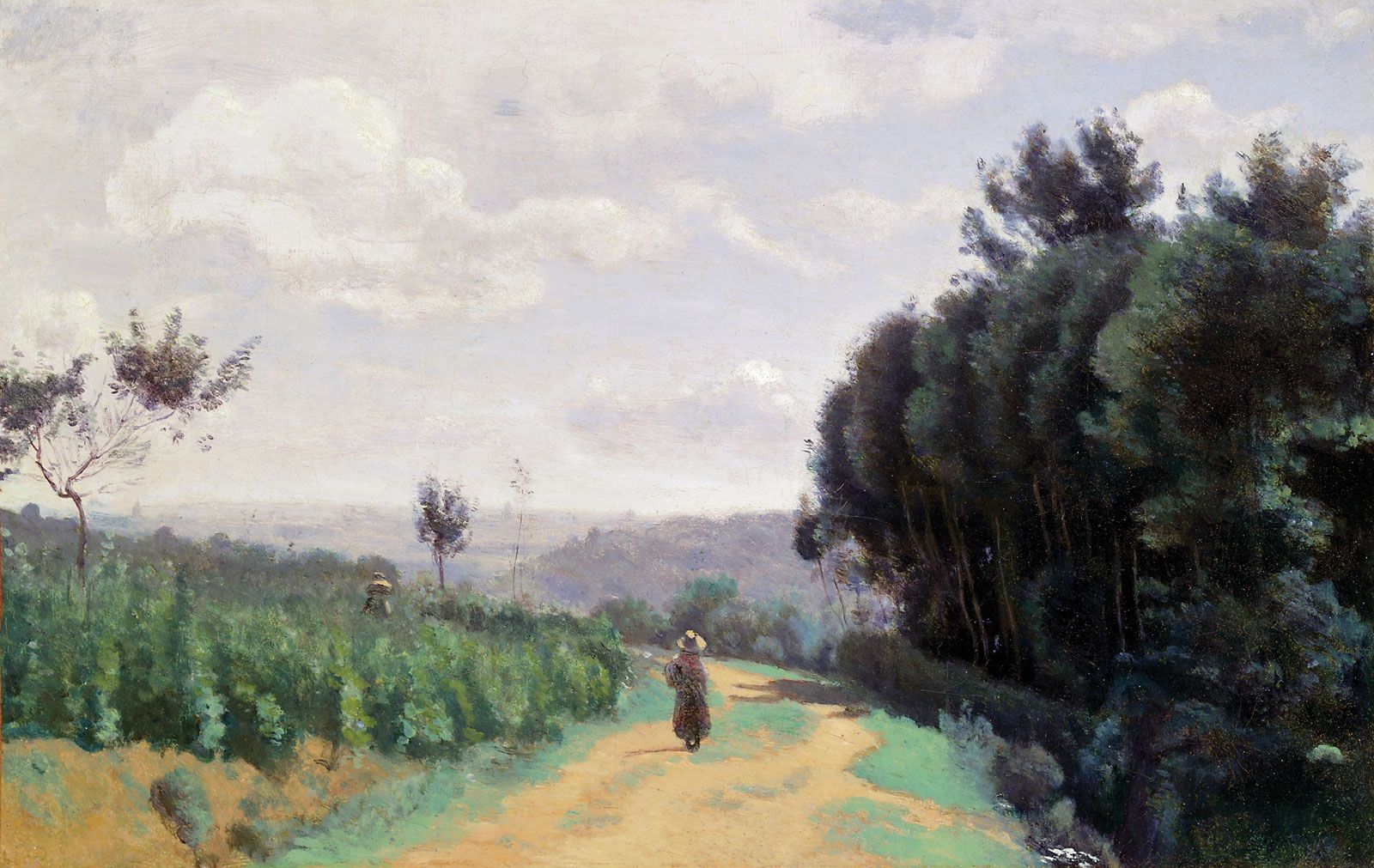The Transformative Power of Arts
Art has been an integral part of human civilization for centuries, serving as a medium for creative expression, cultural reflection, and emotional exploration. From ancient cave paintings to modern multimedia installations, art has the power to inspire, provoke thought, and evoke deep emotions.
Expression of Creativity
One of the most significant roles of art is its ability to serve as a platform for creativity. Artists use various mediums such as painting, sculpture, music, dance, and literature to express their unique perspectives and ideas. Through their creations, they challenge societal norms, explore new possibilities, and push the boundaries of imagination.
Cultural Reflection
Art also plays a crucial role in reflecting the cultural identity and values of a society. Different art forms often carry historical narratives, traditions, and beliefs that are passed down through generations. By studying art from different cultures and time periods, we gain insight into the diversity and richness of human experience.
Emotional Exploration
Art has the power to evoke a wide range of emotions in its viewers. Whether it’s a poignant painting that stirs empathy or a powerful piece of music that uplifts the spirit, art has the ability to connect with our innermost feelings. Through engaging with art, individuals can explore their emotions, find solace in times of distress, or experience moments of profound joy.
Social Impact
Beyond personal enrichment, art also has a significant impact on society as a whole. Art can be used as a tool for social change, activism, and advocacy. Artists often address pressing issues such as inequality, injustice, environmental concerns through their work, sparking conversations and inspiring action among audiences.
The Future of Arts
In an increasingly digital world, arts continue to evolve and adapt to new technologies and platforms. Virtual reality experiences, digital art installations, and interactive performances are redefining how we engage with artistic expressions. As we look towards the future, arts will undoubtedly continue to inspire creativity,
foster cultural understanding,
provoke critical thinking,
and shape our collective consciousness.
Exploring the Essence of Art: Key Questions and Insights
- What is art?
- Why is art important?
- How has art evolved over time?
- What are the different forms of art?
- Who are some famous artists in history?
- How does culture influence art?
- What is the role of museums in preserving and showcasing art?
- How can one appreciate and understand abstract art?
What is art?
The question “What is art?” is a fundamental inquiry that has intrigued philosophers, artists, and art enthusiasts for centuries. Art defies a singular definition as it encompasses a vast spectrum of creative expressions and interpretations. Some may view art as a form of visual aesthetics, while others see it as a medium for emotional storytelling or societal commentary. Ultimately, art is a reflection of human imagination, culture, and experience, transcending boundaries and inviting individuals to explore the depths of creativity and meaning through diverse artistic forms.
Why is art important?
Art holds immense importance in human society for its multifaceted roles and profound impact on individuals and communities. Art serves as a powerful medium of expression, allowing artists to convey their thoughts, emotions, and perspectives in unique and creative ways. It plays a crucial role in cultural reflection, preserving traditions, values, and historical narratives for future generations to appreciate and learn from. Additionally, art has the remarkable ability to evoke emotions, provoke critical thinking, and inspire personal growth and self-reflection. Through its social impact, art can bring people together, spark conversations about important issues, foster empathy and understanding, and drive positive change in society. In essence, art is important not only for its aesthetic value but also for its transformative power to enrich lives, stimulate imagination, and shape the human experience.
How has art evolved over time?
Art has evolved significantly over time, reflecting the changing landscapes of society, culture, and technology. From the early cave paintings of our ancestors to the intricate masterpieces of the Renaissance and the avant-garde movements of the 20th century, art has continuously transformed and reinvented itself. Each era brought forth new styles, techniques, and ideologies that challenged traditional norms and expanded the boundaries of artistic expression. With the advent of modern technologies and globalization, contemporary art has become more diverse and interconnected than ever before. Today, artists draw inspiration from a myriad of sources, blending traditional practices with innovative approaches to create works that resonate with our modern world. The evolution of art is a testament to humanity’s endless creativity, curiosity, and capacity for self-expression.
What are the different forms of art?
The world of art encompasses a diverse range of forms and mediums that captivate and inspire audiences worldwide. From traditional disciplines like painting, sculpture, and drawing to contemporary expressions such as digital art, performance art, and installation art, the spectrum of artistic forms is vast and ever-evolving. Each form of art carries its unique characteristics, techniques, and meanings, offering artists endless possibilities for creative exploration and self-expression. Whether it’s the vibrant colors of a painting, the intricate details of a sculpture, or the immersive experience of an installation, the diversity of artistic forms ensures that there is something for everyone to appreciate and engage with in the rich tapestry of the art world.
Who are some famous artists in history?
Throughout history, the world has been enriched by the contributions of numerous famous artists whose works have left a lasting impact on the art world. From the genius of Leonardo da Vinci, whose masterpieces like the Mona Lisa and The Last Supper continue to captivate audiences, to the innovative techniques of Vincent van Gogh, known for his vibrant and emotional paintings such as Starry Night, these iconic artists have shaped the course of art history. Other renowned figures such as Pablo Picasso, Michelangelo, and Frida Kahlo have also made indelible marks with their distinct styles and groundbreaking creations, solidifying their places as legends in the realm of art.
How does culture influence art?
Culture plays a profound role in shaping art, influencing its themes, styles, and techniques. Artists draw inspiration from their cultural heritage, traditions, beliefs, and societal norms, infusing their work with unique perspectives and symbolism. Cultural influences can be seen in the choice of subject matter, color palette, symbolism, and storytelling methods employed in art. By reflecting the values and experiences of a particular culture, art becomes a powerful medium for preserving heritage, fostering cross-cultural understanding, and sparking meaningful dialogues about identity and diversity. The intricate interplay between culture and art highlights the dynamic relationship between creativity and societal context.
What is the role of museums in preserving and showcasing art?
Museums play a crucial role in preserving and showcasing art by serving as custodians of cultural heritage and providing a platform for public engagement with artistic expressions. Through meticulous conservation efforts, museums safeguard artworks for future generations, ensuring their longevity and historical significance. Additionally, museums curate exhibitions that showcase a diverse range of artistic styles, movements, and periods, offering visitors the opportunity to appreciate and learn from the rich tapestry of human creativity. By bridging the gap between artists and audiences, museums foster a deeper understanding of art’s impact on society, history, and individual experiences.
How can one appreciate and understand abstract art?
Appreciating and understanding abstract art requires an open mind and a willingness to engage with the artwork on a deeper level beyond literal interpretation. Abstract art, characterized by its non-representational and often unconventional forms, challenges viewers to explore the artist’s intention, emotional expression, and visual language. To appreciate abstract art, one can start by observing the composition, colors, textures, and overall mood of the artwork. It’s essential to let go of preconceived notions and allow oneself to interpret the piece based on personal emotions and perceptions. Engaging in discussions with artists or art experts can also provide valuable insights into the creative process behind abstract art, helping viewers develop a deeper appreciation for its complexities and nuances.




